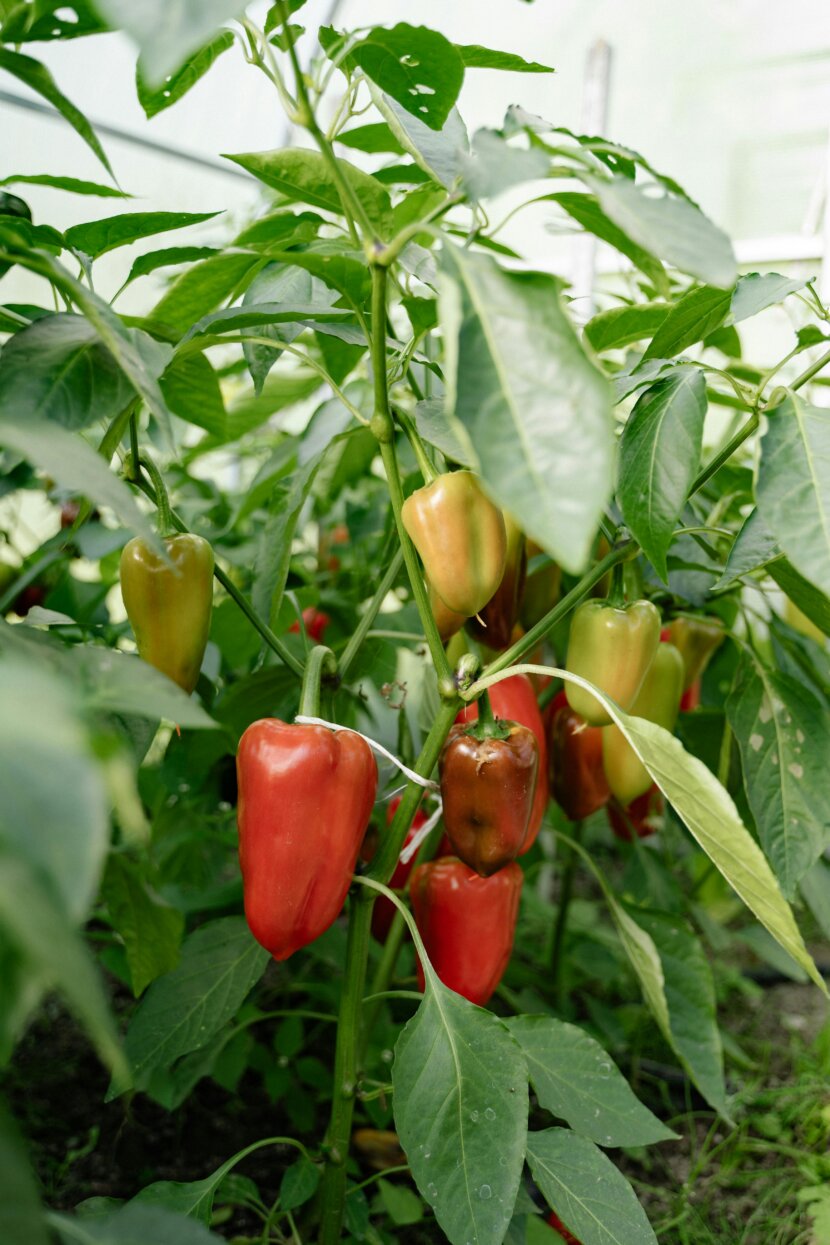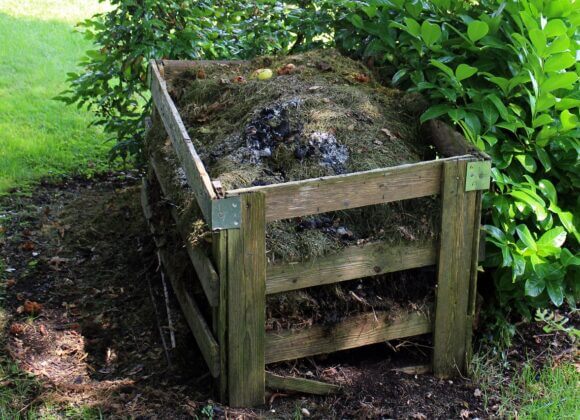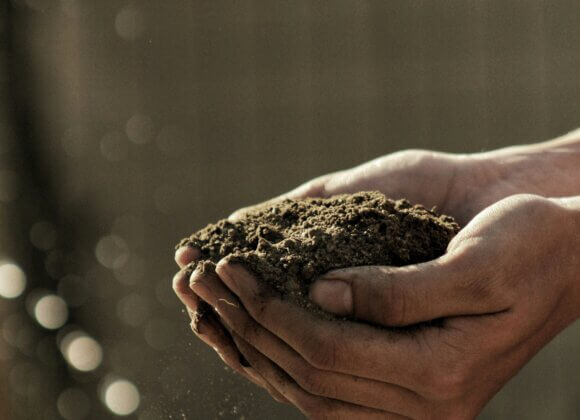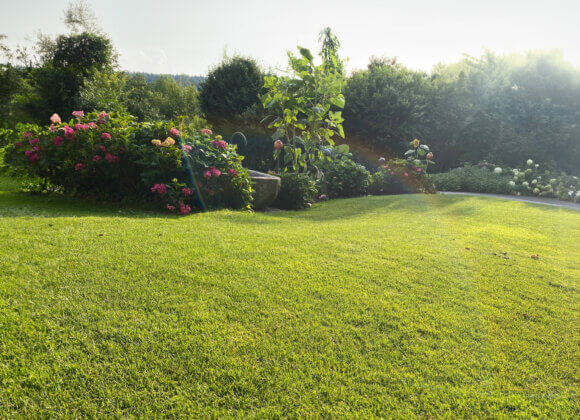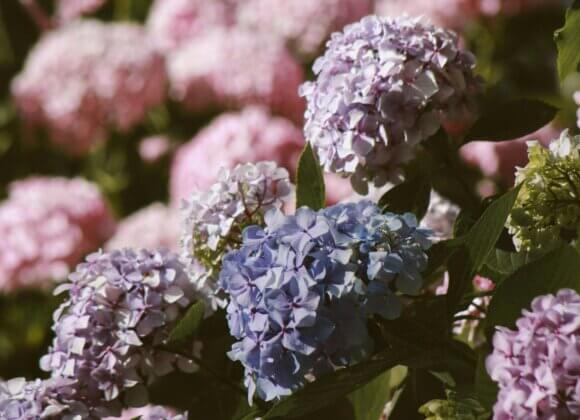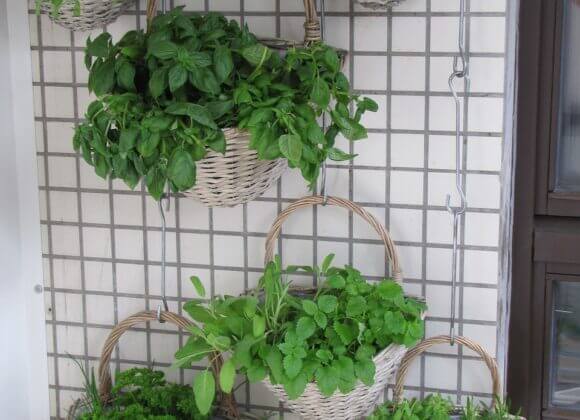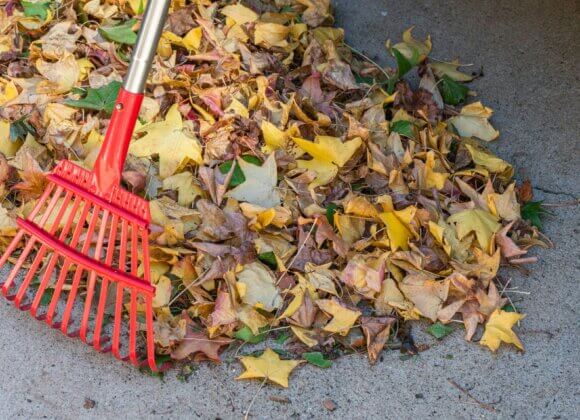From coffee grounds to vegetable water, from nettle manure to compost – we’ll tell you how you can fertilize your plants naturally.
In order for plants to delight us with vigorous growth, lush blooms and rich harvests, they and the soil in which they grow need sufficient nutrients such as nitrogen, phosphorus and potassium. But they also need trace elements such as copper and zinc. For this reason, hobby gardeners are increasingly turning to natural fertilizers, as they are considered to be particularly ecological and sustainable. You don’t even have to go far to supply plants with nutrients in a natural way – a short walk is often enough – and you can even find one or two nutrient suppliers for your balcony and garden within your own four walls. Numerous organic fertilizers are now also available in stores.
Coffee grounds
Plants that love acidic, humus-rich soil (such as hydrangeas, rhododendrons or peonies, but also cucumbers, tomatoes, zucchinis, blueberries and strawberries) are particularly happy to be fertilized with coffee grounds. It provides them with potassium, nitrogen, phosphorus, tannic acid and antioxidants. In future, therefore, allow the coffee grounds to dry well to prevent mould growth – and you will have a fine fertilizer.
So that the coffee grounds decompose more quickly, you should work them into the soil or cover them with mulch. The saying “cold coffee makes you beautiful” also applies to indoor and balcony plants. Mix cold coffee and water in a 1:1 ratio and water the plants regularly.
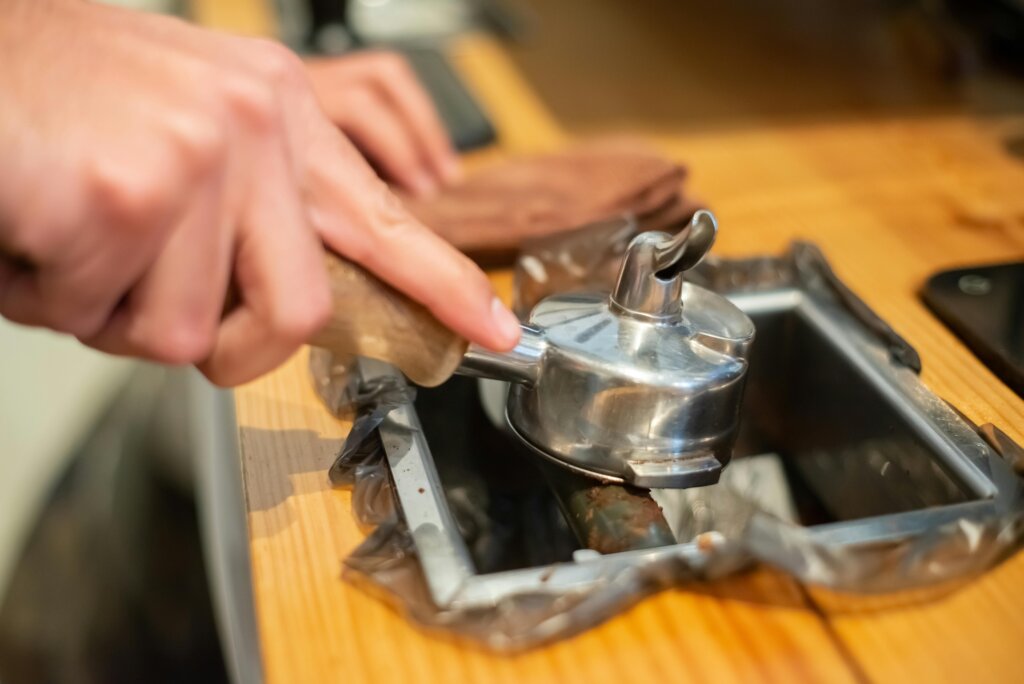
Boiling water
Vegetables such as broccoli, asparagus, runner beans, beet and potatoes, as well as pasta, rice and eggs, release nutrients and minerals into the cooking water during cooking. This makes it ideal as a liquid fertilizer once it has cooled down. A tip: only salt the food after draining, as sodium has a detrimental effect on growth.
Herbal infusions
Herbal infusions can be made from various plants such as nettles, comfrey, horsetail, dandelion or goutweed. To do this, put one kilo of chopped plants together with ten liters of water in a container, such as a rain barrel. Depending on the weather, the mixture must ferment in a warm place for two to three weeks (until it no longer foams) and should be stirred daily during this time. To reduce the development of odors, it is advisable to add some stone meal every few days.
Before the plants are fertilized with the herbal liquid manure, it should be diluted with water in a ratio of 1:10. Liquid manure can also be obtained from garlic, onions or elder leaves and other plants and can be used not only for fertilizing but also for pest control.
Horn shavings/horn meal
Horn shavings and the finer horn meal, which consist mainly of animal protein, are excellent sources of nitrogen. Especially heavy growers such as tomatoes, pumpkins, peppers, cucumbers or zucchinis, but also ground cover plants, hedges, fruit and various perennials are happy to receive horn shavings or horn meal, which should be lightly worked into the soil before sowing or planting. Houseplants and potted plants, on the other hand, should not be fertilized with horn shavings.
Compost
Compost is considered one of the best materials for fertilizing plants naturally. It is particularly rich in humus and nutrients – and can be used all year round. You no longer need a garden to produce it, at least in small quantities: worm bins and compost boxes can also be set up indoors or on balconies and patios.
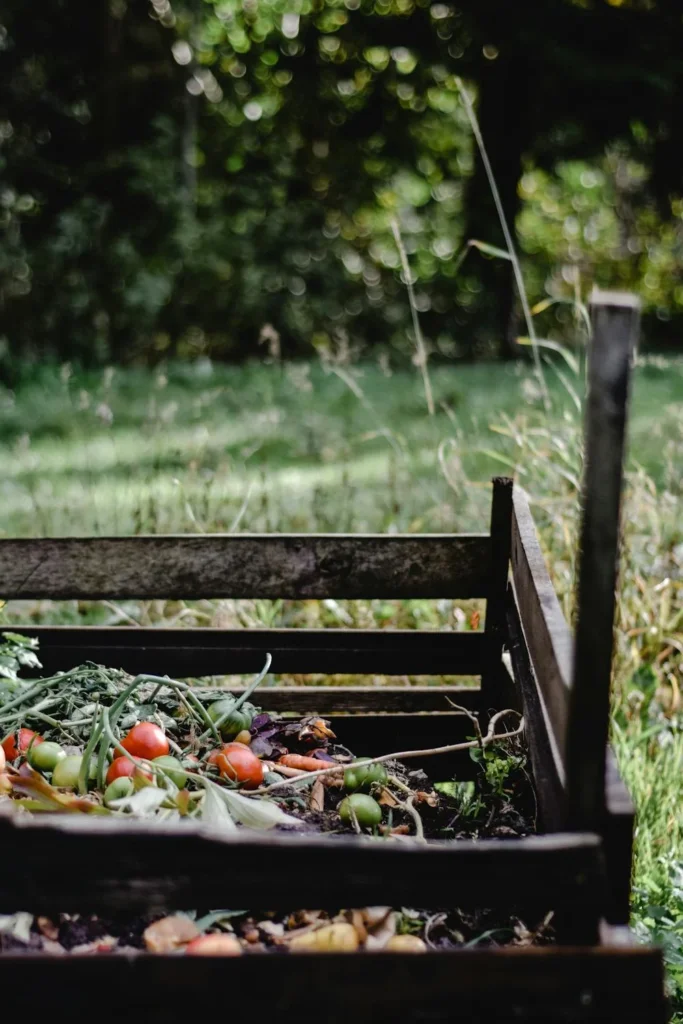
Related posts:
Pest control in the garden without chemicals


